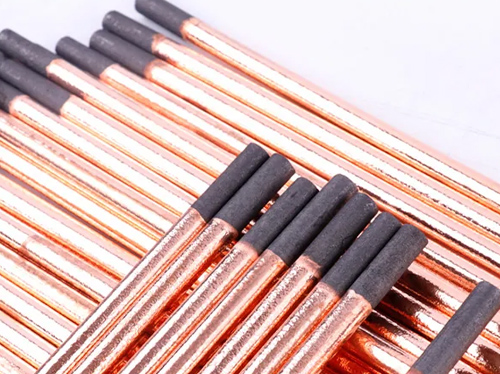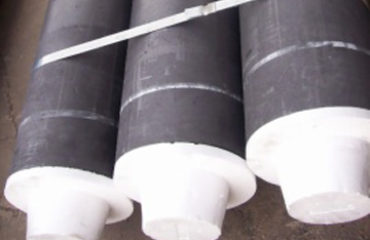
Carbon rods are a popular choice for conducting electricity, especially in applications where high conductivity is required. Carbon is a versatile material that exhibits unique properties, making it suitable for a variety of uses in electronics, batteries, and other electrical devices. In this article, we will explore the reasons why carbon rods provide better conductivity compared to other materials.
Carbon rods are made from high-quality graphite, which is a form of carbon that is highly conductive. Graphite is composed of carbon atoms arranged in layers, with each layer containing delocalized electrons that can move freely throughout the material. This structure allows for the efficient flow of electric current, making graphite an excellent conductor of electricity.
One of the key advantages of carbon rods is their low resistance to electrical current. Resistance is a measure of how difficult it is for electric current to flow through a material. Lower resistance means that more current can pass through the material without being lost as heat, resulting in improved conductivity. Carbon rods have a very low resistance, allowing for the efficient transmission of electricity with minimal loss of energy.
Another factor that contributes to the superior conductivity of carbon rods is their high thermal conductivity. Thermal conductivity is a measure of how well a material can transfer heat. In the case of carbon rods, their high thermal conductivity helps dissipate any heat generated during the flow of electrical current. This prevents the material from overheating and ensures that the conductivity of the carbon rod remains stable, even under high current loads.
Carbon rods also have a high mechanical strength, which allows them to maintain their conductivity even under harsh operating conditions. The strong and durable nature of carbon rods ensures that they can withstand repeated use and resist wear and tear, resulting in a longer service life compared to other materials.

